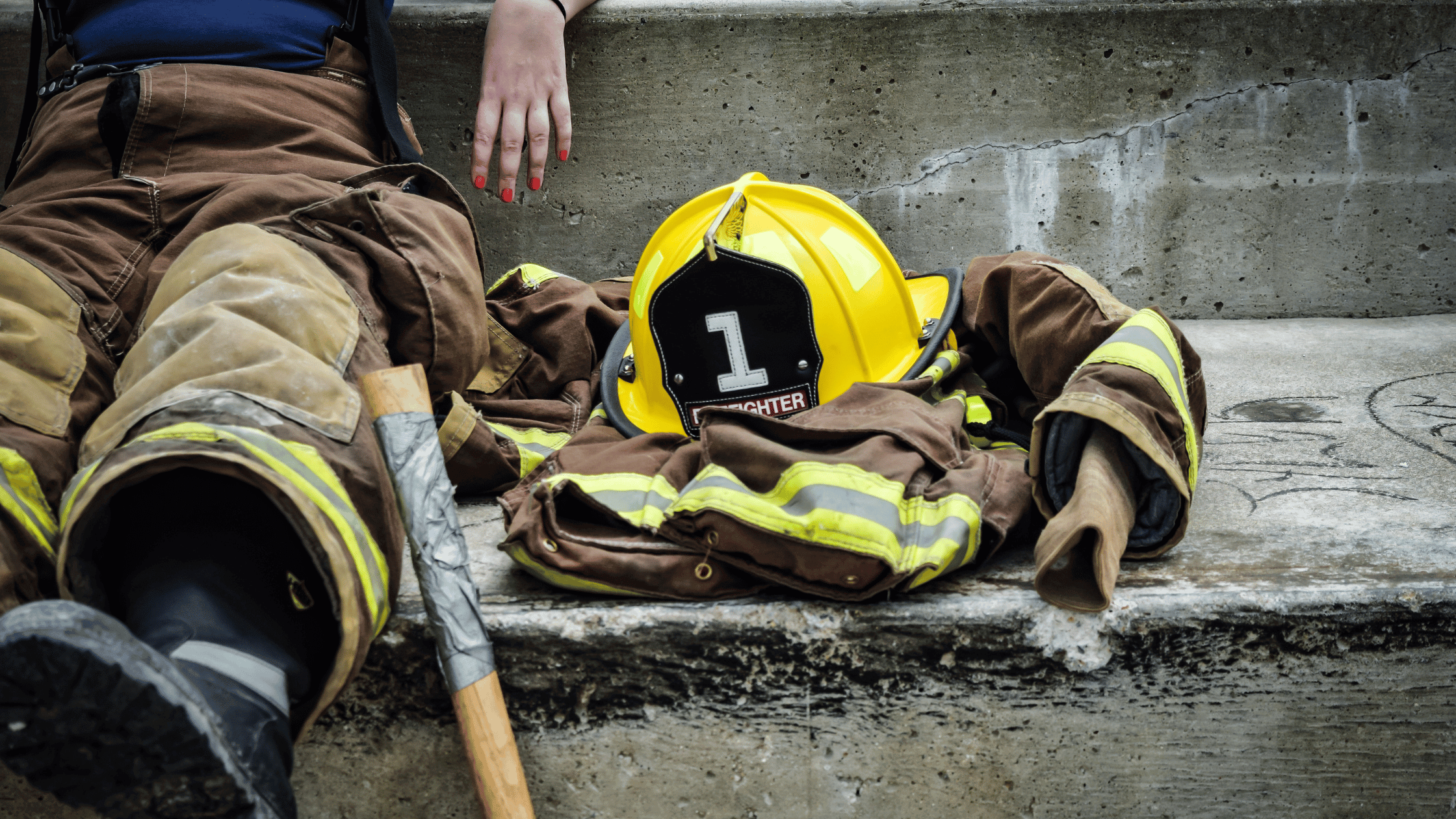Recovering Heroes: The Role of Physical Therapy for First Responders

Licensed Physical Therapist, PT, MSPT // Certified Dry Needling Specialist / Clinical Director of EW Motion Therapy Hoover
First responders, including firefighters, paramedics, and police officers, are everyday heroes who put their lives on the line to protect our communities. These brave men and women, at times, experience physically demanding situations that may result in injury. Fortunately, physical therapy is the best profession to help first responders recover from injuries and conditions. This article will explore the most prevalent conditions and injuries among first responders and outline a typical physical therapy treatment plan to get these heroes back on their feet.
Common conditions and injuries
Musculoskeletal strains and sprains
First responders often carry heavy equipment and must move quickly in unpredictable situations. This can lead to strains and sprains in muscles and ligaments. Common injuries include:
- Low back pain: Frequently caused by lifting heavy objects or maintaining awkward positions during rescue operations.
- Shoulder injuries: Resulting from repetitive lifting and overhead movements when handling equipment.
- Ankle sprains: Occur due to uneven terrain during emergency responses.
Burn injuries
Firefighters are particularly susceptible to burn injuries due to extreme heat and flame exposure. These injuries can range from minor to severe, requiring specialized care and rehabilitation.
Traumatic injuries
First responders may encounter situations leading to fractures, dislocations, and head injuries. These injuries may result from accidents, falls, or physical altercations.
Cardiovascular conditions
The stress of the job, coupled with the physical demands, can increase the risk of cardiovascular issues among first responders. Conditions like high blood pressure and heart disease are not uncommon.
Typical physical therapy treatment plan
Physical therapy is vital in helping first responders recover from injuries and manage chronic conditions. Here's what a typical treatment plan may involve:
- Initial evaluation: The first step in physical therapy is an evaluation of the condition or injury. This includes evaluating their mobility, strength, and range of motion. Assessments that identify soft tissue injuries, such as sprains and strains, are commonly used by physical therapists. These assessments, along with diagnostic tests that your physician orders, such as X-rays and MRI, help the doctor and physical therapist put together a plan for your rehabilitation
- Pain management: If the first responder is experiencing pain, the physical therapist may use various pain management techniques such as heat, ice, electrical stimulation, or other modalities to reduce and relieve the intensity of the pain.
- Manual therapy: Hands-on techniques like joint mobilization, soft tissue massage, and stretching improve joint mobility and relieve muscle tension. Specialized wound care and scar management are essential for firefighters with burns.
- Strength and conditioning: Firefighters and other first responders must regain strength and endurance to perform their duties effectively. Physical therapists create tailored exercise programs to build muscle strength, cardiovascular fitness, and functional mobility. Example exercises include:
- Core strength.
- Functional mobility.
- Floor to overhead lifting strength.
- Balance and stability.
- Functional training: Firefighters must climb ladders, carry equipment, and lift heavy objects. Physical therapists will incorporate functional training exercises to regain and enhance the ability to perform these essential job functions safely.
- Cardiovascular rehabilitation: Under the supervision of a physical therapist, exercises that promote cardiovascular strength and endurance may be performed to improve overall health and stamina.
- Education and ergonomics: Physical therapists are the experts in educating and training proper body mechanics and ergonomics. This includes teaching carrying, pulling, pushing, and lifting techniques and recommending necessary equipment modifications.
- Progress monitoring: Goals and objectives will be set with your input at the start of physical therapy. Throughout your time in therapy, your therapist may tweak or adjust the plan to ensure you are staying on track to achieve these goals. Ultimately, the most important goal is getting you back to duty symptom-free and stronger than before.
- Maintenance and prevention: Once the first responder has recovered, physical therapists guide maintaining their physical health and preventing future injuries. This may include a home exercise program and lifestyle recommendations.
First responders are the backbone of our communities, rushing into dangerous situations to protect and save lives. Their occupation does come with a higher risk of injury. If an injury should occur, physical therapy is crucial to their recovery. The physical therapist is trained and specializes in helping their clients regain strength, mobility, and function after injury or surgery. Through carefully crafted treatment plans, education, and ongoing support, physical therapy enables first responders to return to their duties safely, ensuring they can continue serving and protecting our communities. Our physical therapists at EW Motion Therapy consider serving those who serve us a privilege. If you are curious about what else physical therapy can do for you, click the button below to download our answers to 20 frequently asked questions.


